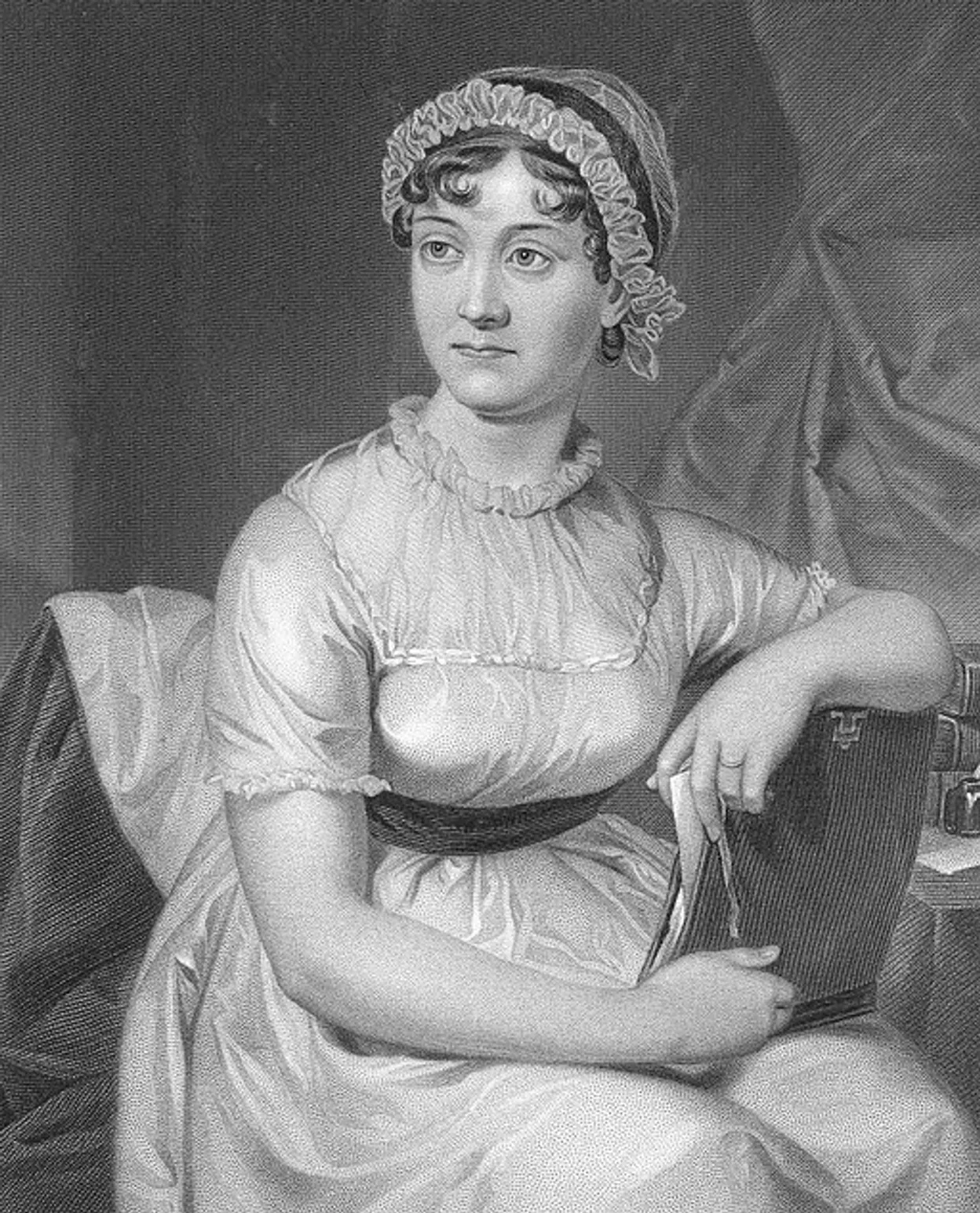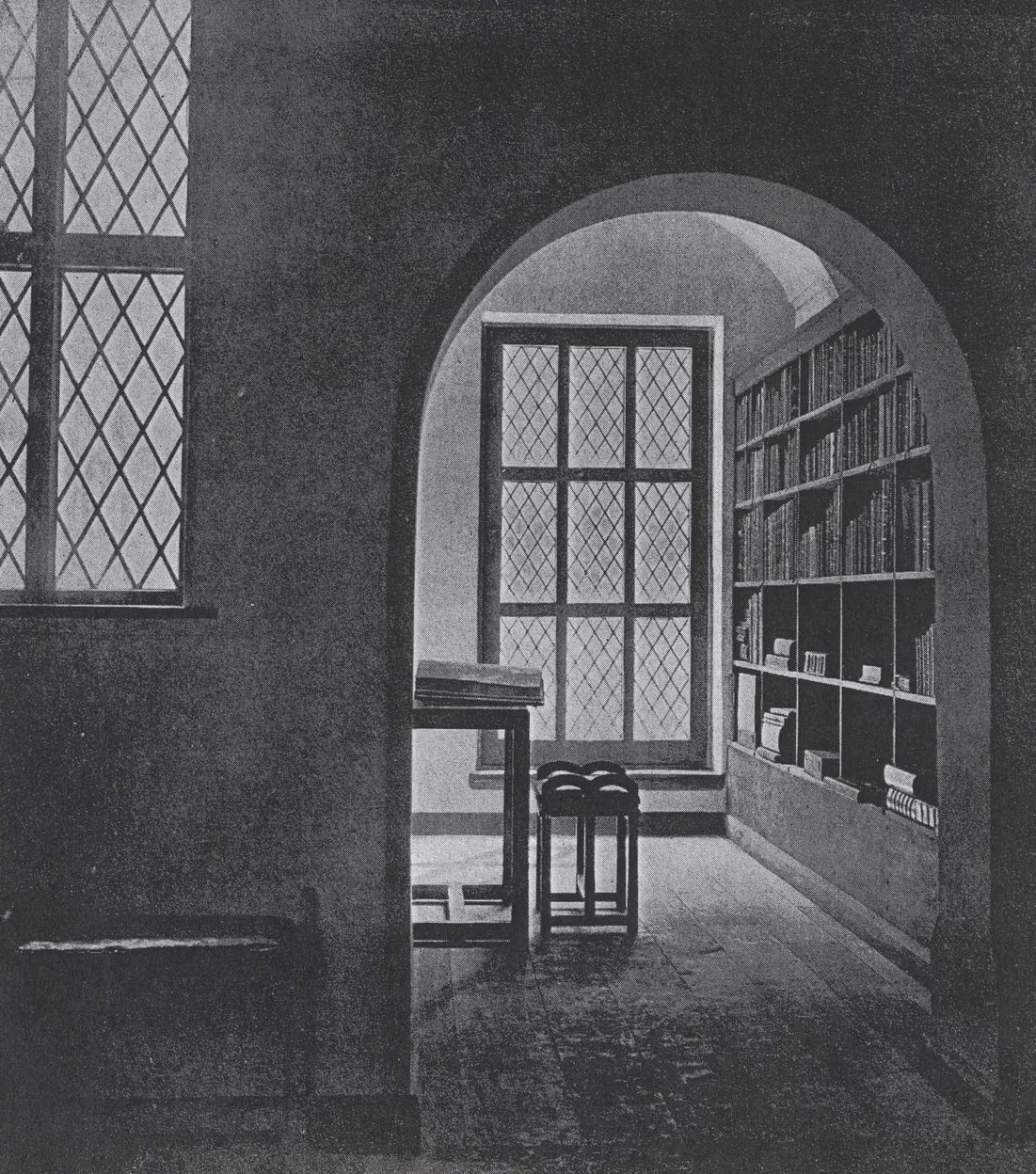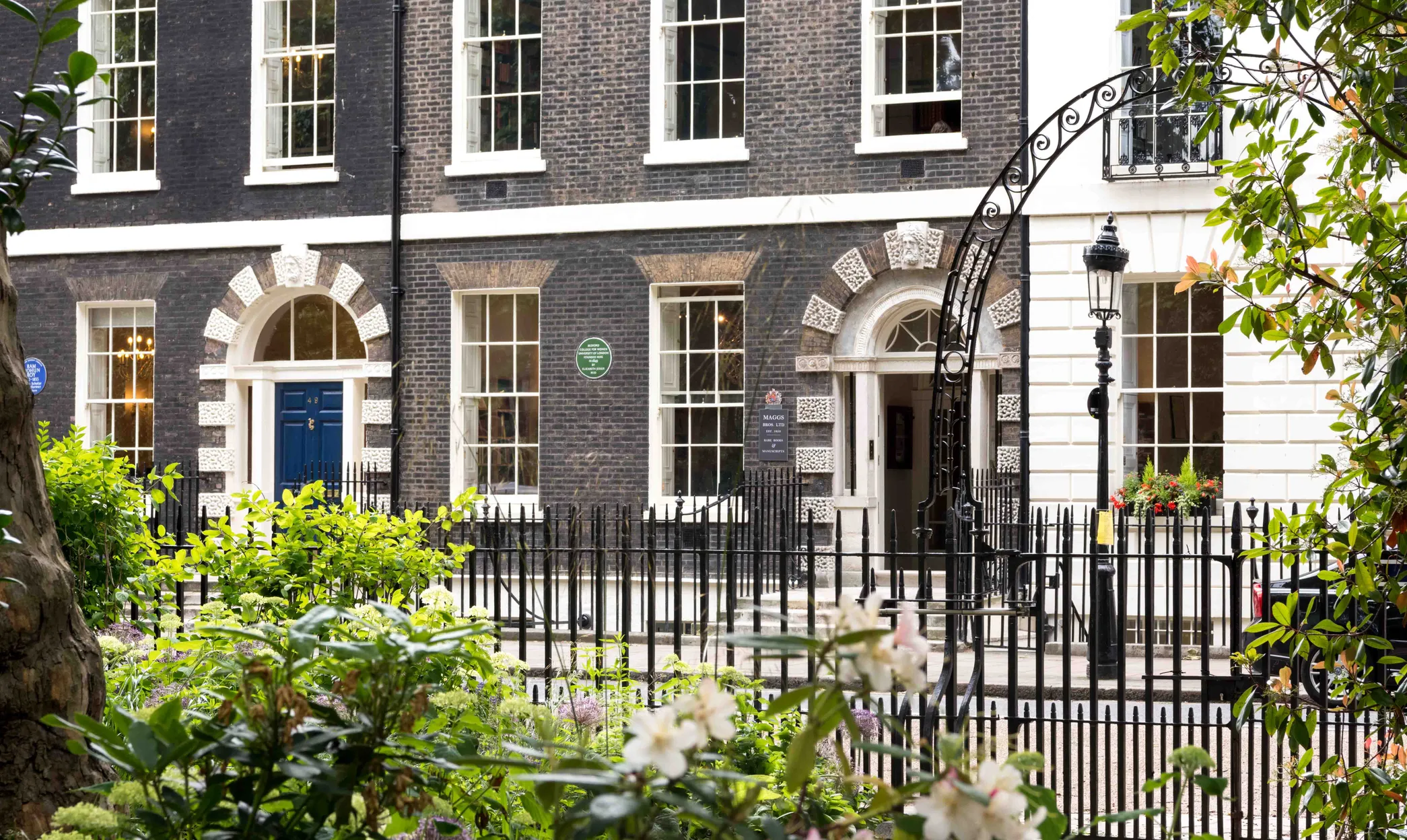
The firm of Maggs was founded in the 1850’s, probably in 1853, by Uriah Maggs, 1832-1913. He came from the town of Midsomer Norton in Somerset, the son of a non-conformist clerk (also called Uriah) in one of the mines of the Somerset Coalfield. The census of 1851 finds him as a footman in the household of the interesting Dr. Barnard Van Oven, a Jewish medical doctor who later played a role in a campaign for the Jews Relief Act of 1858 which allowed Nathan Rothschild to become the first Jewish Member of Parliament. Van Oven lived at 38 Gower Street in Bloomsbury, in a terrace that was demolished to build the London School of Hygiene and Tropical Medicine. We note that 38 Gower Street was no more than a couple of hundred yards from our current address on 48 Bedford Square, which was at the time the home of Bedford College, the first college of higher education for women in Britain, and is now the home of the firm he founded.
The next time Uriah is seen in any records is in 1853, by which time he is established in business as a bookseller and stationer at 44 Westbourne Terrace North, close to Paddington Station. The address, and the street itself, now no longer exists, having been consumed by the Westway, London’s pioneer inner city motorway. Oddly, in another coincidence the premises was one of two west London workshops where the 1926 “Subscribers’ Edition” of T.E. Lawrence’s epic war narrative Seven Pillars of Wisdom was printed – the firm has sold 25 copies of the edition (of 170) in the last 25 years. Nothing is known of how Uriah made this transition, but there was a William Maggs in business as a “newsvender” in Knightsbridge in 1841, so there could have been a family introduction to the trade. Irrespective of how the change was made, it was a significant step up in the world for the young man, whose photograph shows an earnest striving fellow out of the pages of Samuel Smiles’ Self Help (first published in 1859), proud to be establishing himself in this nation of shopkeepers.
















